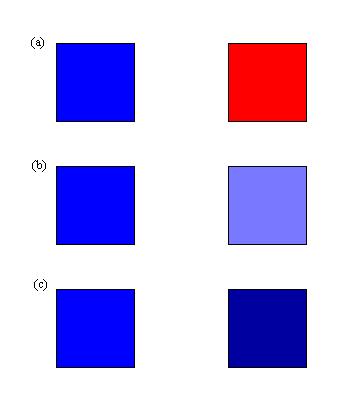Part II - Spectral Power Distribution
Part III - Metamerism and Color Matching
Part IV - The Optical System of the Human Eye
Part V - Chromaticity Coordinates and the Color Triangle
Up to the seventeenth century, most theories attributed color to some sort of modification of light that was thought to occur when light interacted with matter. Light, in its purest form (such as sunlight) was thought to be colorless. However, progress in understanding color was made by Isaac Newton when in 1666 he was able to show that normal white light already contained all the colors of the spectrum, which could be separated using a prism. He also concluded from his experiments that objects have color because they selectively reflect certain colors of the spectrum while absorbing light of other colors.
Light is the small part of the electromagnetic spectrum that can affect the human sense of sight. The visible part of the spectrum (for us) ranges from 400 nm (blue) to 700 nm (red). Each wavelength value within the visible band corresponds to a distinct colour.
Figure 1.1
The visible portion of the spectrum

Parameters of light that are of interest to us:
Wavelength - the length of one light-wave cycle
Frequency - the number of wavelengths per second
Three attributes are used to specify a color: hue, saturation and brightness. These describe only the perception of light, not its physical properties.
- Hue - a feature of monochromatic light that varies with wavelength and used to denote the various regions of the spectrum (in other words, the basic color from the spectrum).
- Saturation - how much a color differs from white (ie vivid pure color versus pastel color)
- Brightness - the perceived intensity of light
Figure 1.2
Examples of (a)different hues, (b)different saturation, and (c)different brightness
